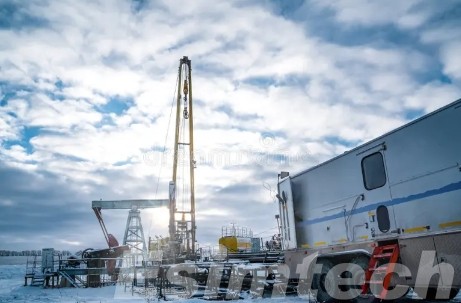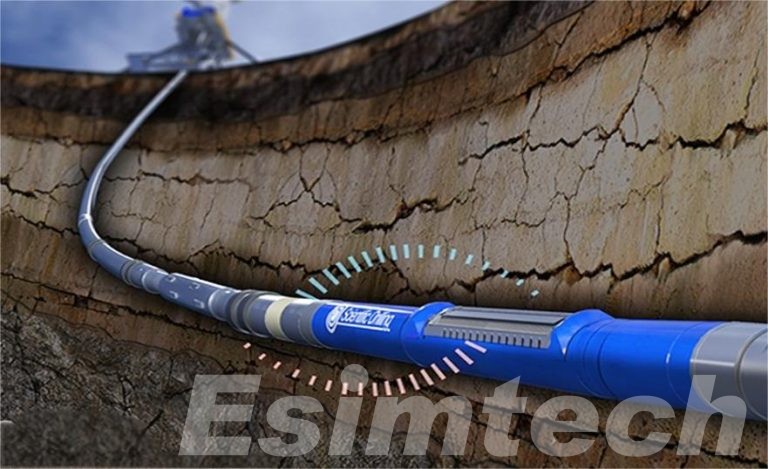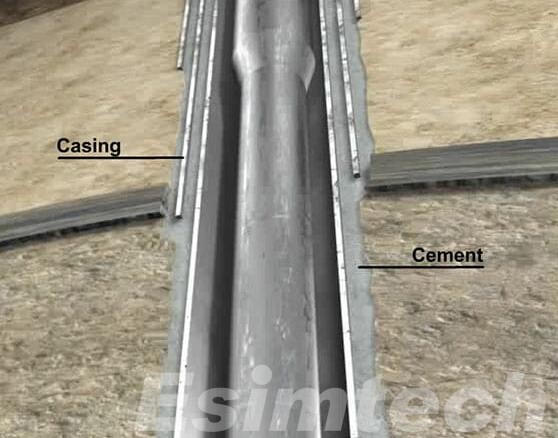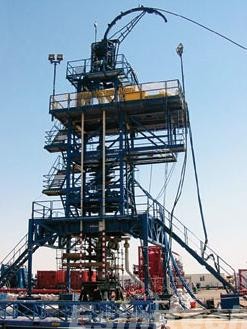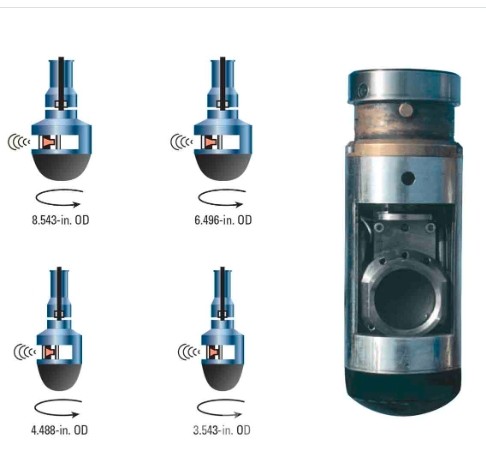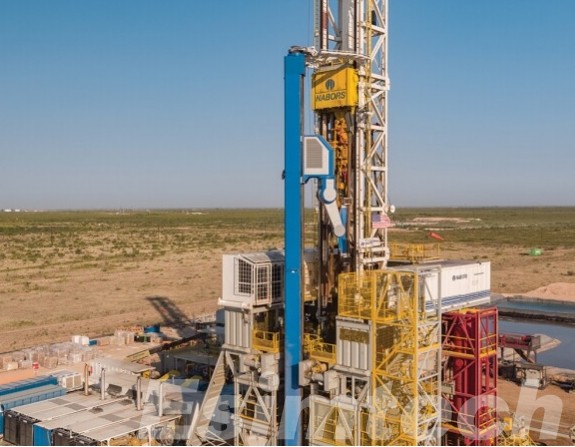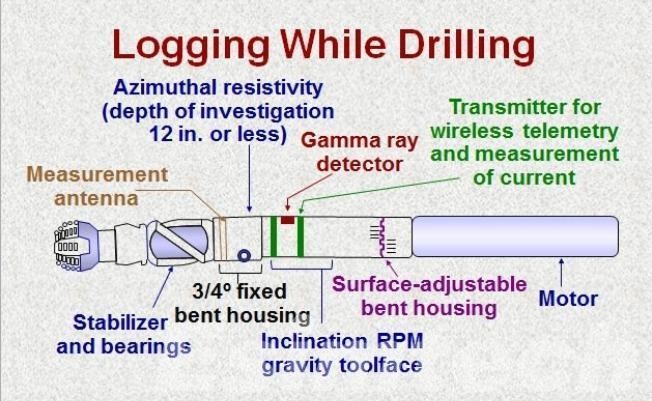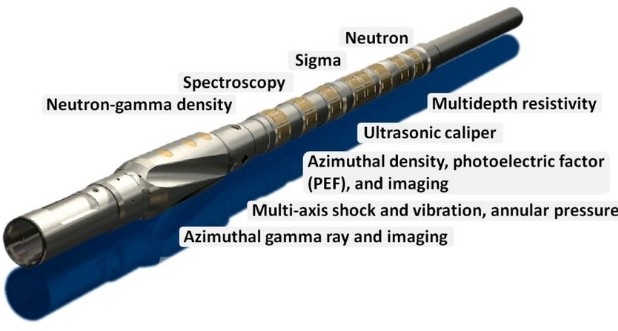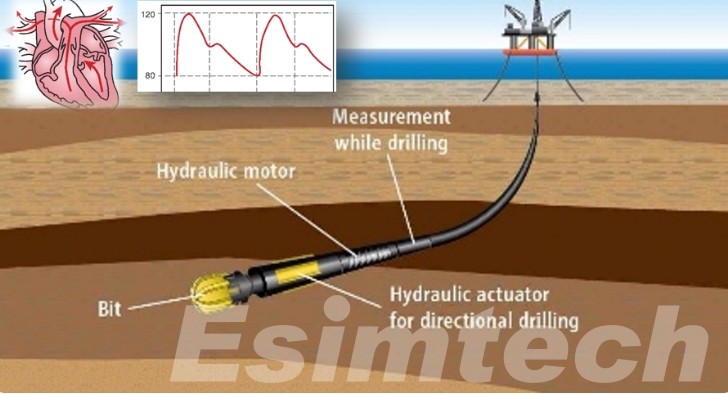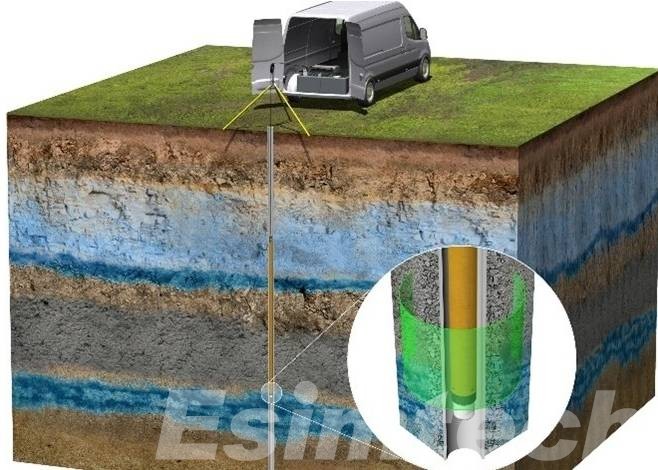Logging While Drilling and Wireline Logging – A Comparative Analysis
In the world of subsurface exploration and resource extraction, accurate data about geological formations is important. Logging While Drilling and Wireline Logging are two primary techniques used to gather this information. Each method has its own set of advantages, applications, and limitations. This blog provides a comparative overview of these two logging techniques, helping you understand their…

